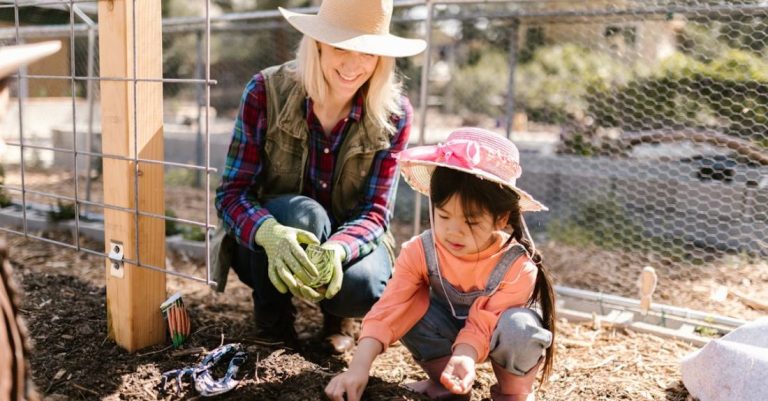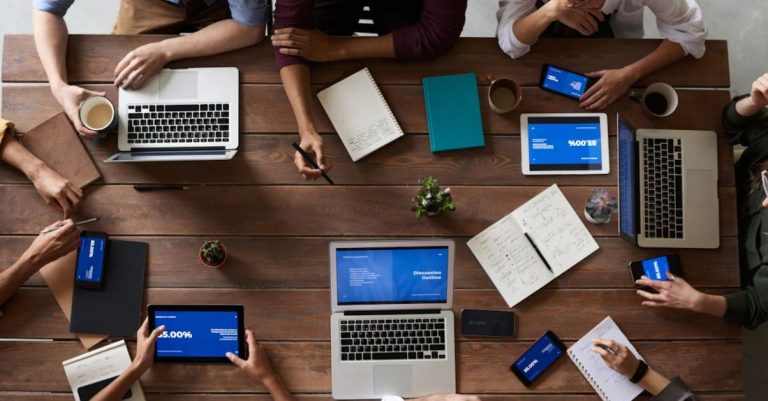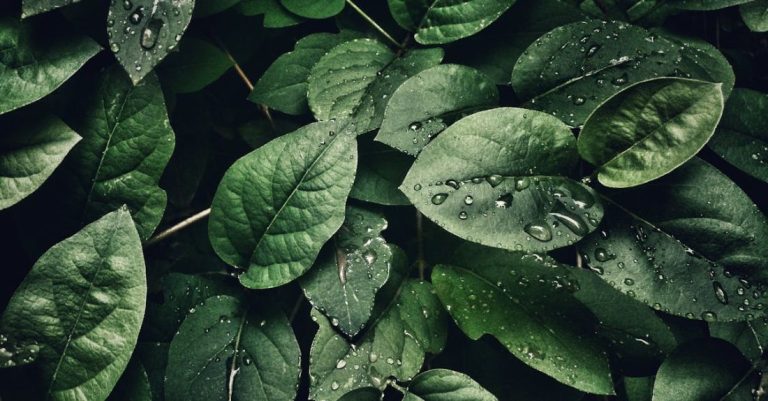
Planning a Permaculture Crop Rotation for Sustainable Harvests
Permaculture is a design system that emphasizes sustainable agriculture practices, focusing on the interrelationships between plants, animals, and the environment. One crucial aspect of permaculture farming is crop rotation. Crop rotation involves systematically changing the types of crops grown in specific areas each season. This practice helps maintain soil fertility, minimize pests and diseases, and promote overall ecosystem health. In this article, we will explore how to effectively plan a permaculture crop rotation to ensure bountiful harvests and long-term soil health.
Understanding the Benefits of Crop Rotation
Crop rotation offers a myriad of benefits for both the soil and the crops grown. By rotating crops, you can prevent the depletion of specific nutrients from the soil, as different plants have varying nutrient requirements. Additionally, rotating crops helps break the life cycles of pests and diseases that may be specific to certain plants. This natural pest control method reduces the need for chemical interventions, promoting a healthier ecosystem.
Selecting Suitable Crops for Rotation
When planning a permaculture crop rotation, it is essential to choose crops that complement each other in terms of nutrient uptake and growth characteristics. Start by categorizing crops into different groups based on their nutrient needs. For example, legumes are known for their ability to fix nitrogen in the soil, making them excellent choices for improving soil fertility. Root crops, such as carrots and potatoes, help break up compacted soil and add organic matter.
Create a Crop Rotation Plan
To create an effective crop rotation plan, divide your growing area into distinct sections or beds. Each bed will host a different group of crops in a specific sequence. A common rotation pattern is the four-field system, where crops are rotated in a sequence of legumes, brassicas, roots, and fruits or grains. This rotation helps maintain soil fertility and reduces the buildup of pests and diseases. Consider the growth habits of each crop when planning your rotation to prevent overcrowding or competition for resources.
Implementing Cover Crops
Incorporating cover crops into your rotation plan is another essential aspect of permaculture farming. Cover crops, such as clover or vetch, help protect the soil from erosion, suppress weeds, and enhance soil structure. They also add organic matter to the soil as they decompose, improving its overall health and fertility. Including cover crops in your rotation plan can have long-lasting benefits for your permaculture garden.
Observation and Adaptation
Successful permaculture crop rotation requires careful observation of your garden’s ecosystem. Monitor the health of your plants, soil quality, and pest populations throughout the growing season. By staying attentive to these factors, you can make informed decisions about adjusting your rotation plan as needed. Be prepared to adapt your rotation based on the specific needs of your crops and the changing conditions in your garden.
Maintaining Soil Health
One of the primary goals of permaculture crop rotation is to maintain soil health and fertility over time. To achieve this, focus on practices that build soil structure, promote beneficial microbial activity, and enhance nutrient cycling. Avoid excessive tilling, which can disrupt the soil ecosystem, and instead opt for minimal disturbance methods like no-till gardening. Incorporating compost and organic matter into the soil will help replenish nutrients and support a thriving soil microbiome.
Planning for Success
A well-thought-out permaculture crop rotation plan is a key component of a successful and sustainable farming system. By carefully selecting crops, creating a rotation schedule, incorporating cover crops, and staying attentive to your garden’s needs, you can promote soil health, minimize pests, and maximize your harvests. Remember that permaculture is a holistic approach to farming that values the interconnections between plants, animals, and the environment. With dedication and observation, you can create a thriving permaculture garden that yields abundant and nutritious crops year after year.





